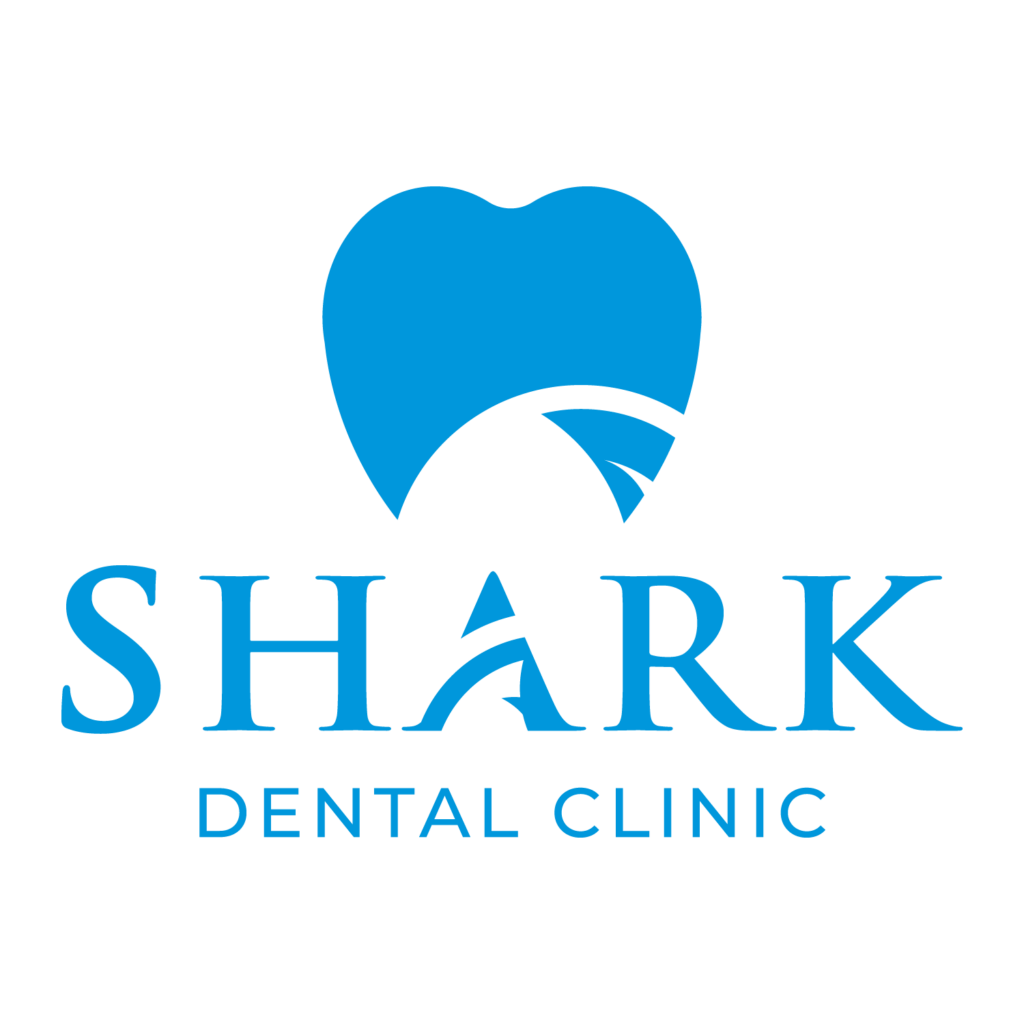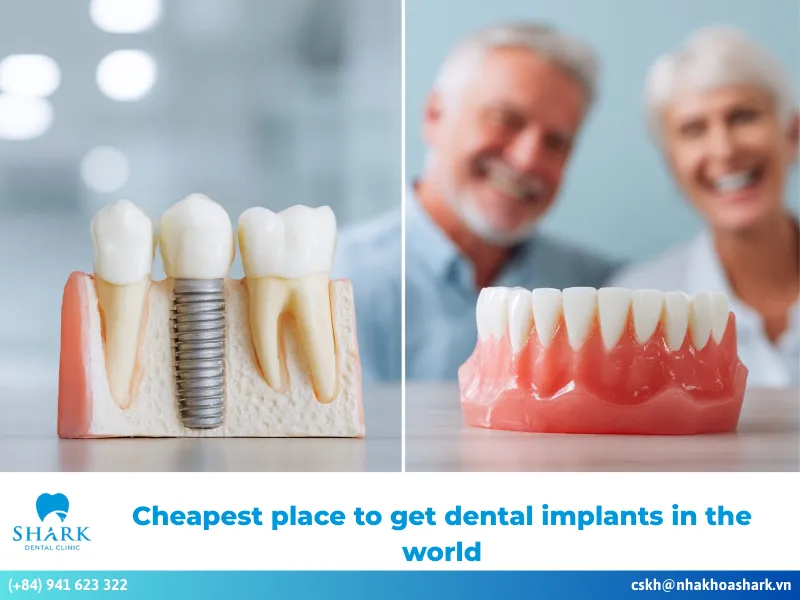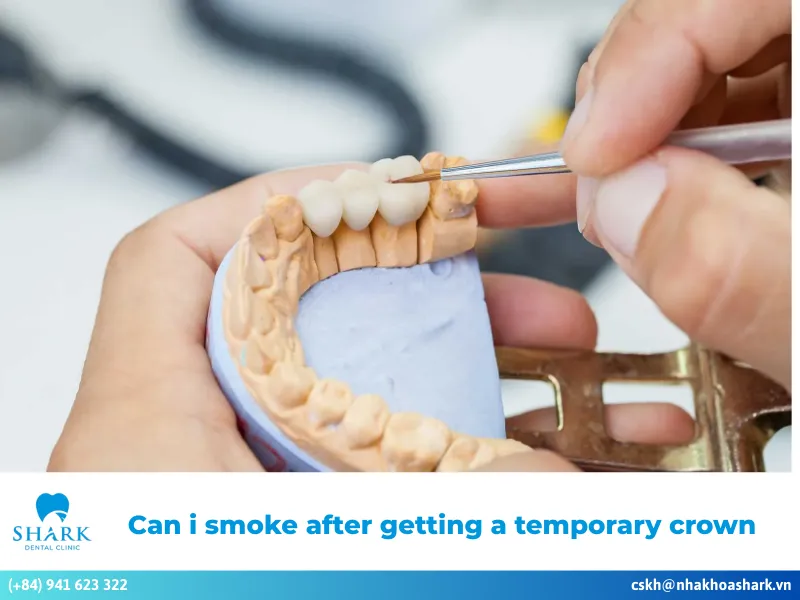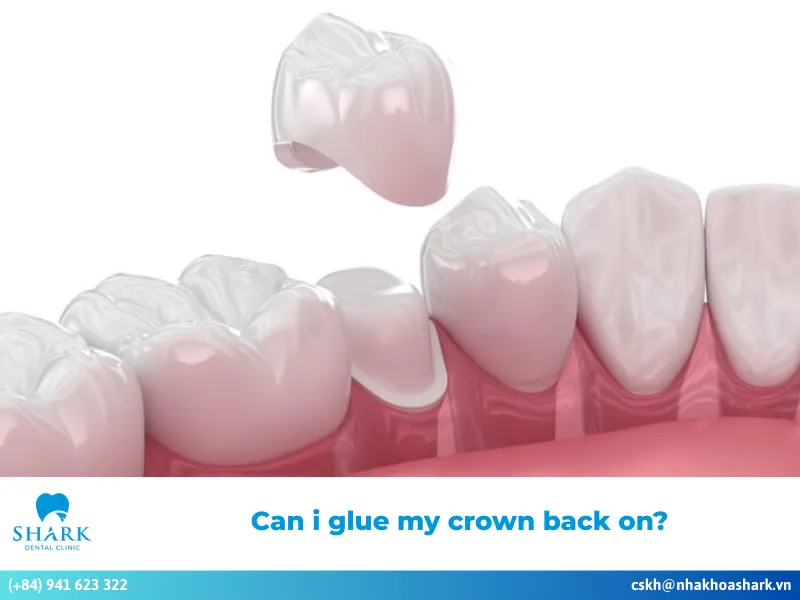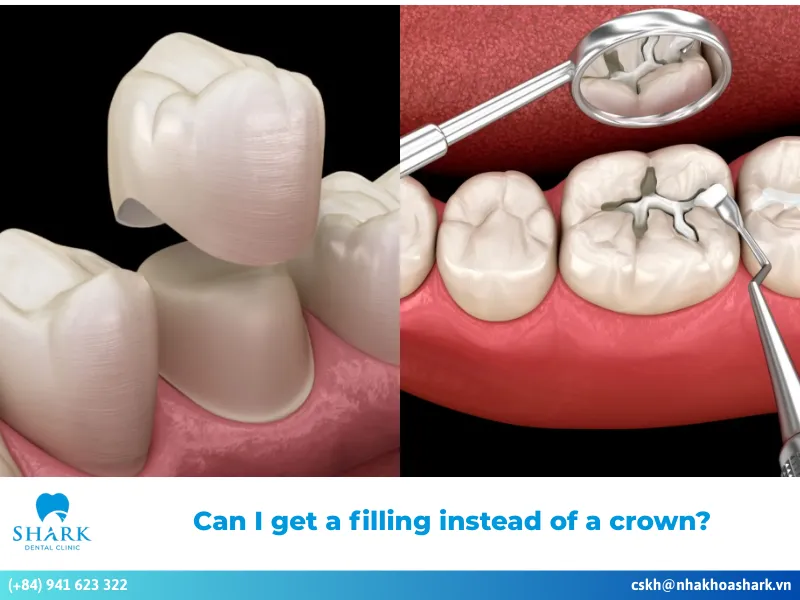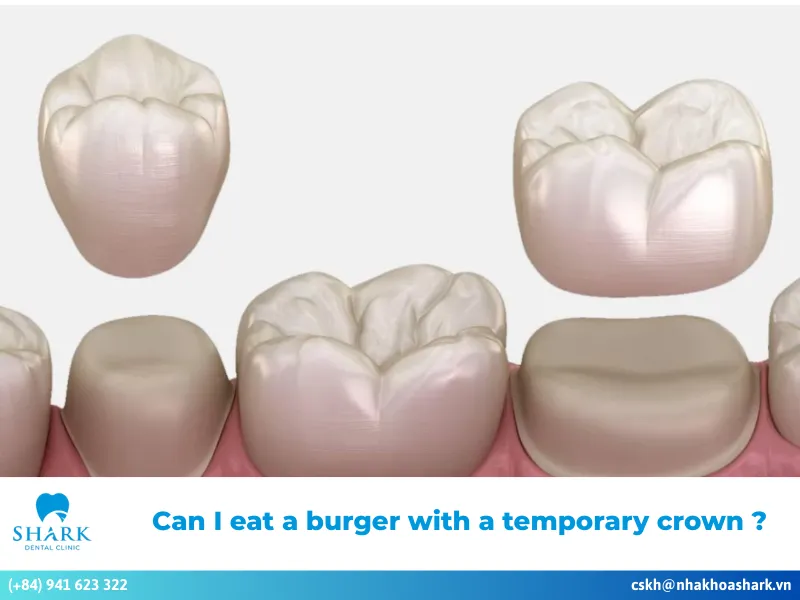Braces are a common orthodontic solution for both adults and children. If you’re wondering what age do kids get braces for the best results, as well as the benefits of starting treatment early, this article from Shark Dental Clinic provides you with accurate and detailed answers!
What are the signs that your child should get braces?
Teeth and bite alignment are crucial for dental aesthetics, chewing function, and speech development – not just for adults but for children as well. This often leads parents to wonder what age do kids get braces. When signs of misalignment, such as crowded or crooked teeth, appear, parents should promptly schedule a dental examination to determine the appropriate treatment plan.
- Crowded and overlapping teeth: If parents notice that their child’s teeth are crowded or overlapping, or if there isn’t enough space for some teeth to erupt straight, early orthodontic treatment is advisable. Crowding can make oral hygiene difficult, increasing the risk of tooth decay and gum disease.
- Gapped teeth: Widely spaced teeth are another common issue in children. Large gaps between teeth can trap food, creating an environment where bacteria can thrive, leading to dental problems like cavities and periodontal disease.
- Protruding teeth (Overjet): Some children have front teeth that stick out, a condition known as protrusion or overjet. This can cause self-consciousness, interfere with speech, and affect chewing function. Early braces, which may involve the use of headgear, can effectively align the jaw and teeth within the dental arch.
- Bite misalignment: Signs of a misaligned bite include difficulty chewing, frequent jaw pain, or uneven alignment of the upper and lower jaws. Timely dental evaluation and braces are necessary to achieve balance between the two jaws, which protects long-term oral health.
- Difficulty chewing: If a child has trouble chewing food or experiences pain while biting, it may indicate a dental or jaw issue. Parents should take their child for X-rays and a dental checkup to receive an accurate diagnosis and begin appropriate orthodontic treatment as soon as possible.
- Speech difficulties: Children with misaligned teeth or uneven jawbones may experience speech difficulties and facial asymmetry. Braces can help reposition misaligned teeth and balance the jaw structure, thus improving both pronunciation and facial appearance.
- Baby teeth lost too early or too late: There is a natural timeline for children to lose their baby teeth, making way for permanent teeth. If baby teeth are lost too early or too late, it can result in crowding, leaving insufficient space for permanent teeth to erupt in a straight line.
Recognizing and addressing these dental abnormalities early allows parents to proactively care for their child’s oral health. Getting braces from a reputable dental clinic – when done properly and for the right reasons – can help your child gain a confident smile, improve chewing and speech, and ensure long-term oral health.
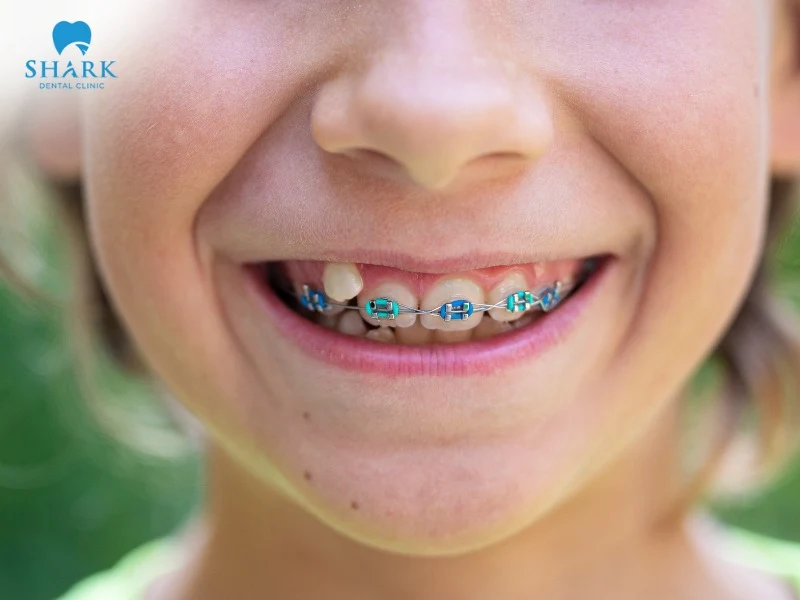
What age do kids get braces?
To answer the question of when do kids get braces, the ideal age for them is typically between 10 and 14 years old. During this period, most baby teeth have been replaced by permanent ones, and the jawbones are still developing. This makes orthodontic treatment easier, less uncomfortable, and highly effective.
Although children over 14 can still receive orthodontic treatment, the process may take longer and become more complex as the jawbone stabilizes. Close monitoring by an experienced orthodontist is crucial at this stage to guide misaligned teeth into their correct positions along the dental arch.
While there is no strict age limit for braces, starting treatment early – during this optimal period – ensures the best results, saves time and costs, and helps your child achieve a confident, healthy smile for years to come.
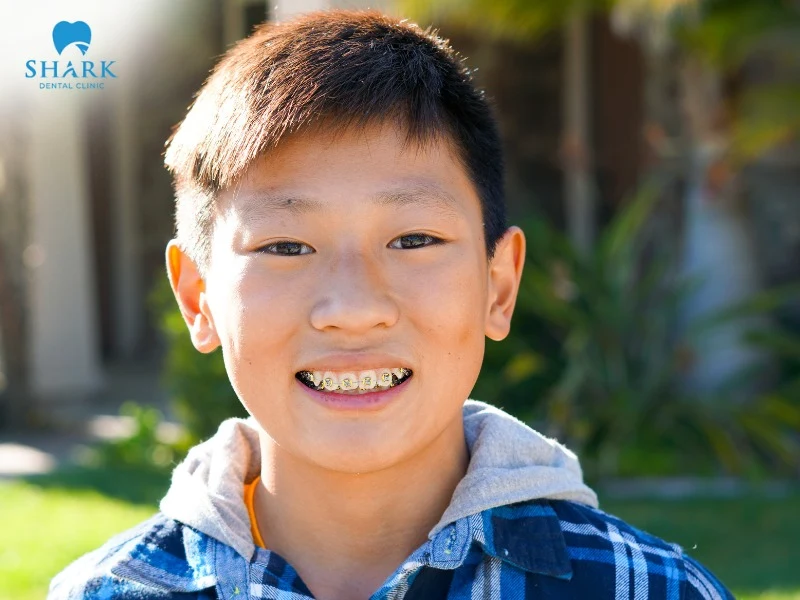
Benefits of taking your child to get braces early
Early orthodontic treatment offers numerous important benefits for children, including:
- Correcting bite issues: When children receive braces at the appropriate time, their bite can be aligned properly, preventing future problems such as crossbites, underbites, or misaligned occlusions in adulthood.
- Improving chewing function: Crowded, crooked, or uneven teeth can make chewing difficult. After orthodontic treatment, children can chew more easily, which supports better digestive health.
- Reducing the risk of oral diseases: Misaligned teeth can make it challenging for children to maintain good oral hygiene, increasing the risk of cavities and gum disease. Straightening the teeth makes them easier to clean, reducing the likelihood of common dental issues.
- Enhancing aesthetics: Early braces help teeth move into their proper positions more quickly, resulting in a straighter, more attractive smile. This improvement boosts children’s confidence in social interactions and enhances their overall appearance.
- Supporting speech development: Children with crooked teeth may struggle with unclear speech. Correcting tooth and bite alignment through orthodontic treatment can improve pronunciation, allowing them to speak more clearly and fluently.
- Saving time and costs: Starting braces early can shorten the duration of treatment and lower overall costs. Early orthodontic care is generally more straightforward, involves fewer complications, and yields excellent results.
Bringing your child for braces at the right stage not only helps achieve straight, healthy teeth but also saves time and money. If you notice any dental irregularities, it is important for parents to schedule an early dental visit for timely intervention.
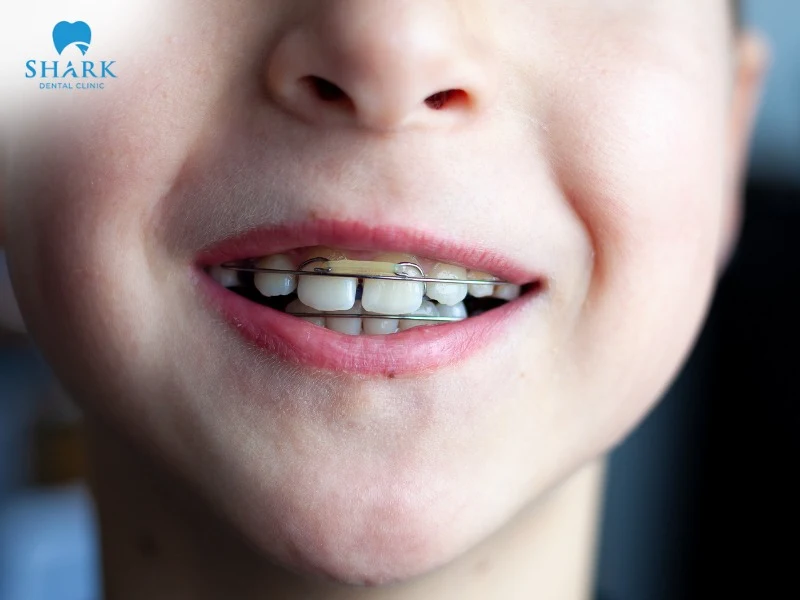
Orthodontic methods suitable for children
At reputable dental clinics, parents can consider the following orthodontic methods for their child:
- Removable appliances: Children aged 7 to 12 can correct mild to moderate misalignment, spacing, or crowding using removable appliances. The advantages of this method include convenience, affordability, and effective results for less severe cases.
- Traditional braces: This is the most common orthodontic method, suitable for children aged 12 and older. Braces consist of fixed appliances attached to the teeth that apply force to move them into the desired position within the dental arch, providing highly effective correction.
- Clear aligners: This modern orthodontic technology utilizes transparent aligner trays for effective correction. They are easy to remove, convenient for eating and cleaning, and comfortable for children during treatment.
Depending on your child’s dental condition, age, and family budget, you can choose the most suitable method. For optimal results, parents should take their child to a trusted dental clinic for a thorough evaluation and professional recommendation.

How long should children wear braces?
Generally, children need to wear braces for 6 to 24 months or longer, depending on their specific dental condition. Dentists always recommend starting orthodontic treatment early to achieve the best results, reduce treatment time, and minimize costs.
The duration of braces for children can vary due to several factors:
- Dental condition: Mild misalignment that does not require extractions may need only 6-12 months, while severe protrusion or an underbite may take over 24 months. Pre-existing issues like cavities or gum disease must be addressed first, which can extend overall treatment time.
- Timing of braces: Starting braces during the optimal age can help shorten treatment duration. If treatment begins after age 14, when jawbones are stable, the duration may be longer. Regular dental checkups are essential for early detection and timely correction.
- Stage of tooth development: If a child is still in the stage where permanent teeth are erupting, braces can help guide teeth into proper alignment more quickly. Once permanent teeth are fully in place, adjustments may take longer.
- Orthodontic method: Traditional metal braces generally work faster than ceramic braces. Self-ligating braces combine high efficiency with shorter treatment times. Clear aligners require wearing the trays for 20-22 hours per day to ensure effective results.
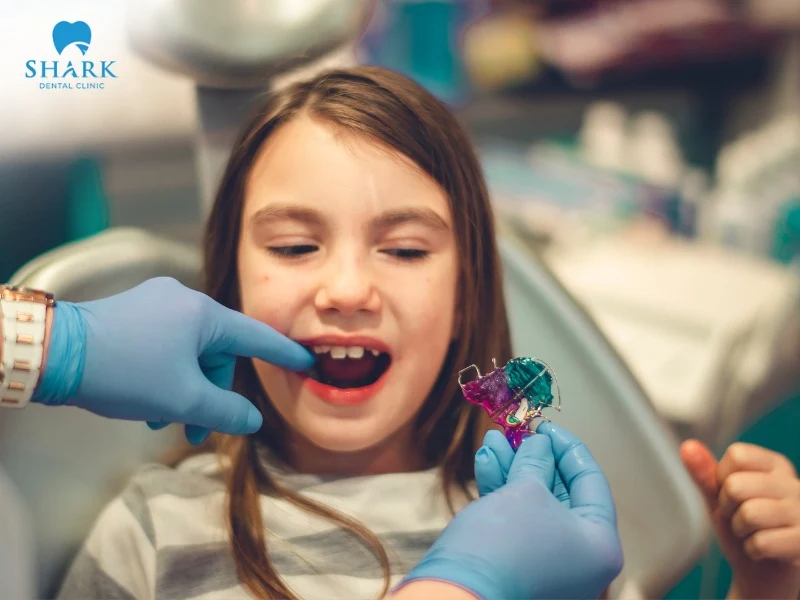
Through this article, you now have answers to key questions such as what age do kids get braces, the benefits of early orthodontics, suitable methods for children, and how long they should expect to wear braces. Early orthodontic care not only ensures a beautiful smile but also supports proper jaw development and long-term oral health.
>>> Read more: How old do you have to be to get braces?


